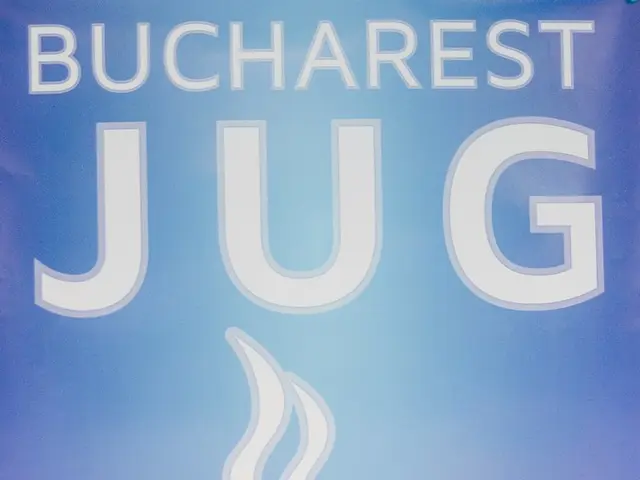Identifying Deception: Exposing False Information
In the era of digital communication, the spread of false information has become a pressing concern. A new article, "Countering False Information," sheds light on key terms and strategies to identify and combat misleading data online.
The work behind this article is based on Dr Jess Berentson-Shaw's book, "A Matter of Fact: Talking Truth in a Post-Truth World." The resource "Manipulation Tactics," available under a Creative Commons Attribution Non-Commercial Share Alike International Licence, further expands on these concepts.
Logical fallacies, a topic discussed in the article, are deceptive arguments that can be disproven through reasoning. They are often used in social media, advertising, and opinion pieces to undermine facts, information, and debates. Some common examples include the ad hominem fallacy, where an argument is invalidated by attacking the person rather than their reasoning; the appeal to popularity, which argues that something must be true because many people believe it; and the slippery slope, which claims that one action will inevitably lead to extreme consequences without evidence.
Other fallacies include hasty generalization, post hoc ergo propter hoc, false dilemma, red herring, appeal to emotion, straw man, and appeal to tradition. These fallacies distort factual discussion and critical thinking by exploiting emotional responses, incomplete evidence, or flawed reasoning, and they are pervasive in online discourse, marketing, and persuasive writings.
The resource "Fake Facts," developed with the help of The Workshop, experts in framing, offers guidance on identifying logical fallacies and avoiding being manipulated by misinformation. The article "Read News Like a Scientist" provides additional tips on approaching science news critically.
To help students develop these skills, educational resources such as "Manipulation Tactics" and "Fake Facts" present statements containing logical fallacies for identification. Students are also encouraged to create their own fallacious statements to help others understand the importance of critical thinking.
Lastly, the article "Managing Classroom Discussions" offers suggestions for creating safe spaces and navigating potentially difficult conversations, making it an essential read for educators and students alike. By fostering an understanding of logical fallacies and promoting critical thinking, we can all contribute to a more informed and fact-based society.
In the quest for education and self-development, the identification and combating of misleading data online becomes a crucial aspect of learning, as addressed in the article "Countering False Information." To foster this skill, educational resources such as "Manipulation Tactics" and "Fake Facts" offer exercises for students to identify logical fallacies and create their own fallacious statements, promoting critical thinking and contributing to a more fact-based society.








